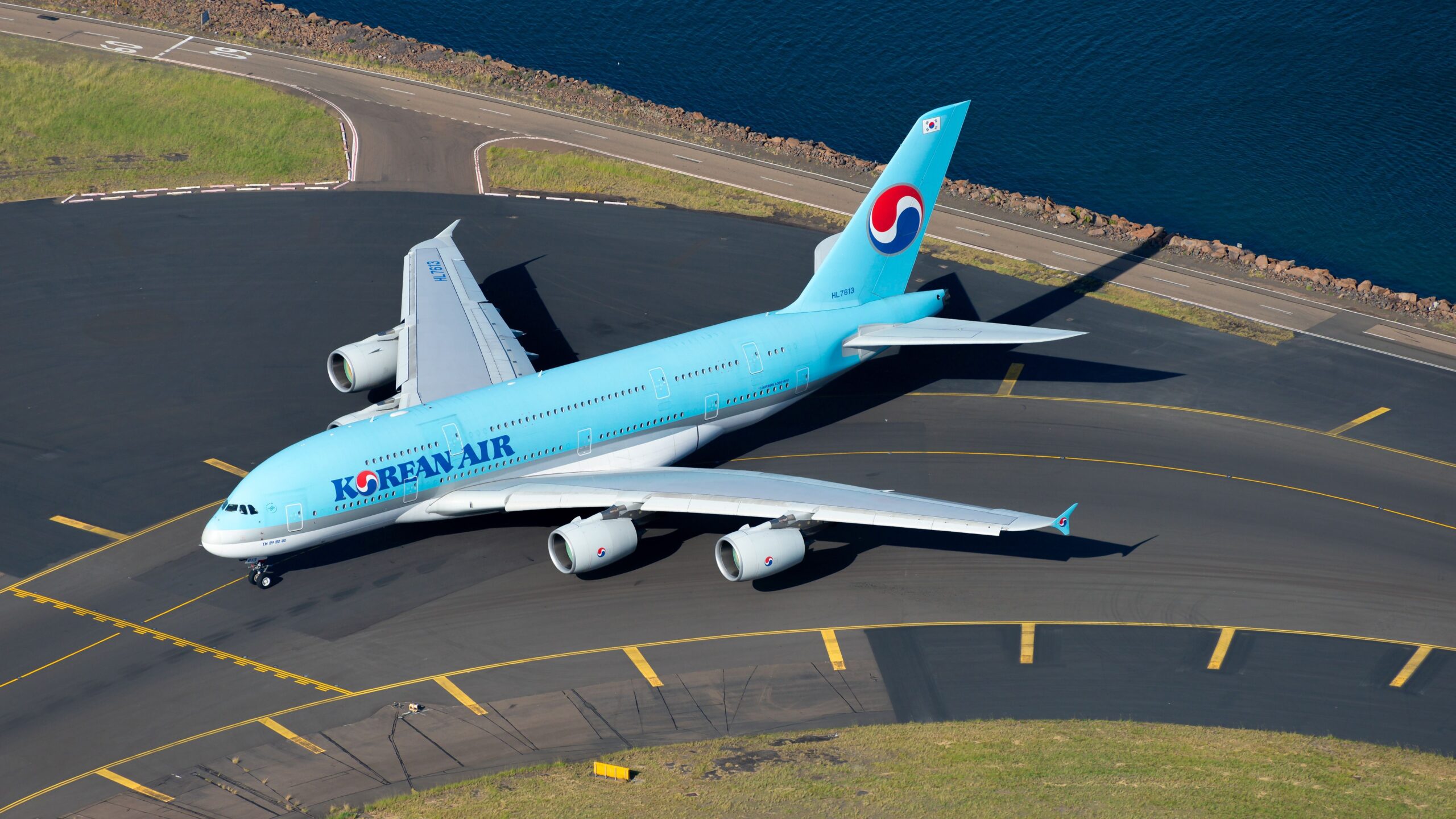Summary
- Pioneering engineering feat, the Airbus A380 offers unrivaled passenger capacity, creating challenges for pilots and ground crew.
- Pilots must master its intricate systems and manage its colossal weight, creating an exciting but demanding experience in the sky.
- Initially in demand, the A380’s popularity is now declining, with airlines opting for smaller, more flexible options for air travel.
The infamous Airbus A380 is a feat of engineering and the only fully double-decker widebody aircraft. It can carry up to 853 passengers, making it the world’s largest passenger aircraft. It has been taking to the skies since 2007. Its sheer size and power have presented unique challenges for both pilots and those working and guiding the aircraft on the ground.
Obvious challenges for pilots and crew operating the aircraft are due to several systems and operational components, such as its unique performance characteristics, which include slower acceleration and deceleration compared to other aircraft. Furthermore, the big bird’s overall size and weight can present extra challenges for takeoff and landing, which require the aircraft and the airports it operates to provide more distance and time for the aircraft to take off or land successfully.
Given the aircraft’s sheer size, it creates a greater workload for pilots than smaller aircraft. Pilots must be able to understand the complexities of such an aircraft and its systems while comprehending the limitations of the largest passenger aircraft in the sky.
Flying the Airbus A380
First introduced in 2005, the world’s largest airliner can transport more passengers at once than any other commercial aircraft, and while no carriers have successfully operated a dense all-economy version of the aircraft, many of the world’s leading airlines have used the aircraft generous amount of floor space, to provide unmatched levels of luxury onboard.
An example of this is Etihad’s ‘The Residence’, the first three-room apartment in the sky, which offers the ultra-rich the chance to fly with their own dedicated bedroom, bathroom and sitting room, with a dedicated butler on hand.

Related
5 Things You’ll Only Find In The Residence Suite On Etihad’s Airbus A380
With three rooms for one passenger, the Residence feels like its own world.
Ready for takeoff
Pilots operating the Airbus A380 require attention to detail and a thorough understanding of each engine’s performance. They must also be aware of the additional system controls and coordinate thoroughly with other crew members. The double-decker has a complex avionics system that guides pilots in performing duties; however, these pilots must be trained to operate these systems competently and effectively.
Due to the aircraft size, pilots also need to be proficient when maneuvering the aircraft, given it is more difficult to control, and especially at congested airports, the aircraft is required to move in tight spaces.
The sheer weight of the Airbus A380 cannot be underestimated. If the aircraft is fully loaded, it can be up to almost 600 tonnes, and the ground speed required for take-off can exceed 300 kilometers per hour (186 miles), so you can just imagine the sheer velocity of the aircraft thundering down the runway. No two flights are ever the same, so it is paramount that pilots review and understand all flight plans and documentation and begin with a thorough crew briefing and review of weather, technical status, and other airport conditions.
The world’s largest operator of the A380
While it’s no industry secret, Dubai-based Emirates Airlines is the world’s largest operator of the Airbus A380; with over 100 in service, it serves as the backbone of the airline fleet. Alone, the carrier deploys seven return journeys per day between Dubai International Airport (DXB) and London Heathrow (LHR), making the routes its most popular to be served. Many of the world’s pilots have flocked to Dubai to take up pilot opportunities with the airline and make the most of the tax-free salary, free accommodation, education, and excellent dental, medical, and life insurance coverage.
Pilots also enjoy chauffeur-driven transport to and from work, laundry services, and 42 days of annual leave, with discounted friends and family airline tickets and confirmed business class annual leave tickets to destinations of their choice. The main draw for many pilots is the airline’s extensive route network.
Those working for the carrier enjoy the excitement and adventure of flying on one of the industry’s largest networks, with destinations across six continents and routes including ultra-long-haul destinations like Sydney and cross-polar flights.
Pilots also have the potential for advancement within the airline. Captains can progress to become management pilots, recruitment pilots, technical pilots, training captains, audit captains, examiners, and instructors. Many stay with the company for many years. The airline says that nearly 40% of its captains have been with it for over a decade.

Related
Want To Fly The Giant? Emirates Is Hiring Airbus A380 Pilots
Are you looking for a tax-free salary and the opportunity to fly some incredible routes? This might be just the job for you.
Dwindling popularity
The A380 is one of the most distinctive aircraft currently flying and spawned a new era of Superjumbos at its launch. The aircraft’s capacity was hailed as a savior to solve the problem of higher demand in crowded skies. While from its inception, the carrier grew in popularity, the romance of the aircraft has now dwindled, with airlines such as Air France, Thai Airways, and China Southern now retiring the variant in a bid to look at smaller aircraft operating routes more frequently, or providing point to point travel to more niche destinations.

